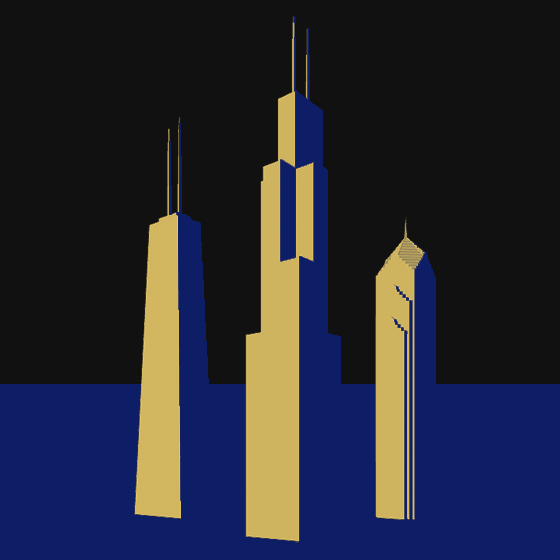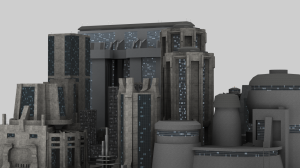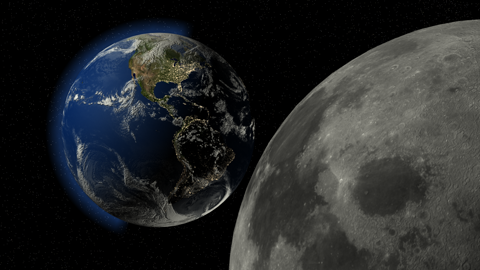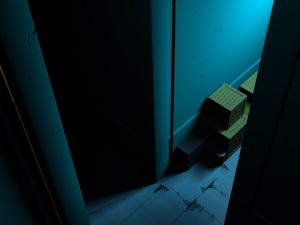A fan made an amazing short animation as a tribute to Samurai Jack, the classic Cartoon Network animation created by Genndy Tartakovsky. Take a look:
The animation was made in Blender, which is a freely available 3D animation software package. I am impressed with how well the creator was able to use a 3D animation tool to match the look and feel of the old 2D cartoon.
On a related note, I also just found out that Samurai Jack has a been turned into a comic book, continuing his story after the abrupt end of the television series. That set of comics started about a year and a half ago and recently finished. In addition, another set of comics was released that covers events before and during the television series, named “Samurai Jack Classics”.
But Samurai Jack is still lacking an ending. Maybe one day Genndy will return to his creation and let him return to his own time after defeating Aku.



